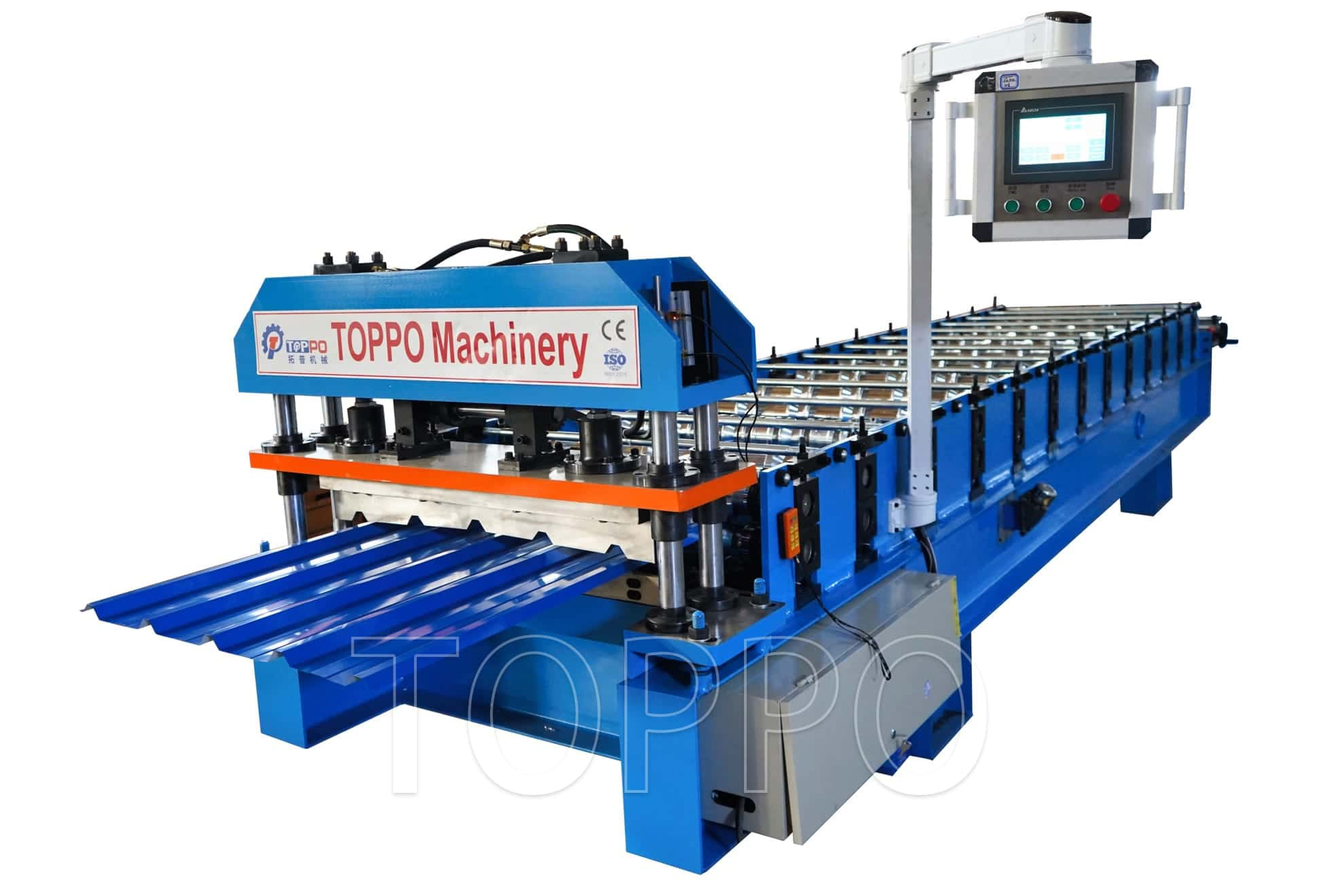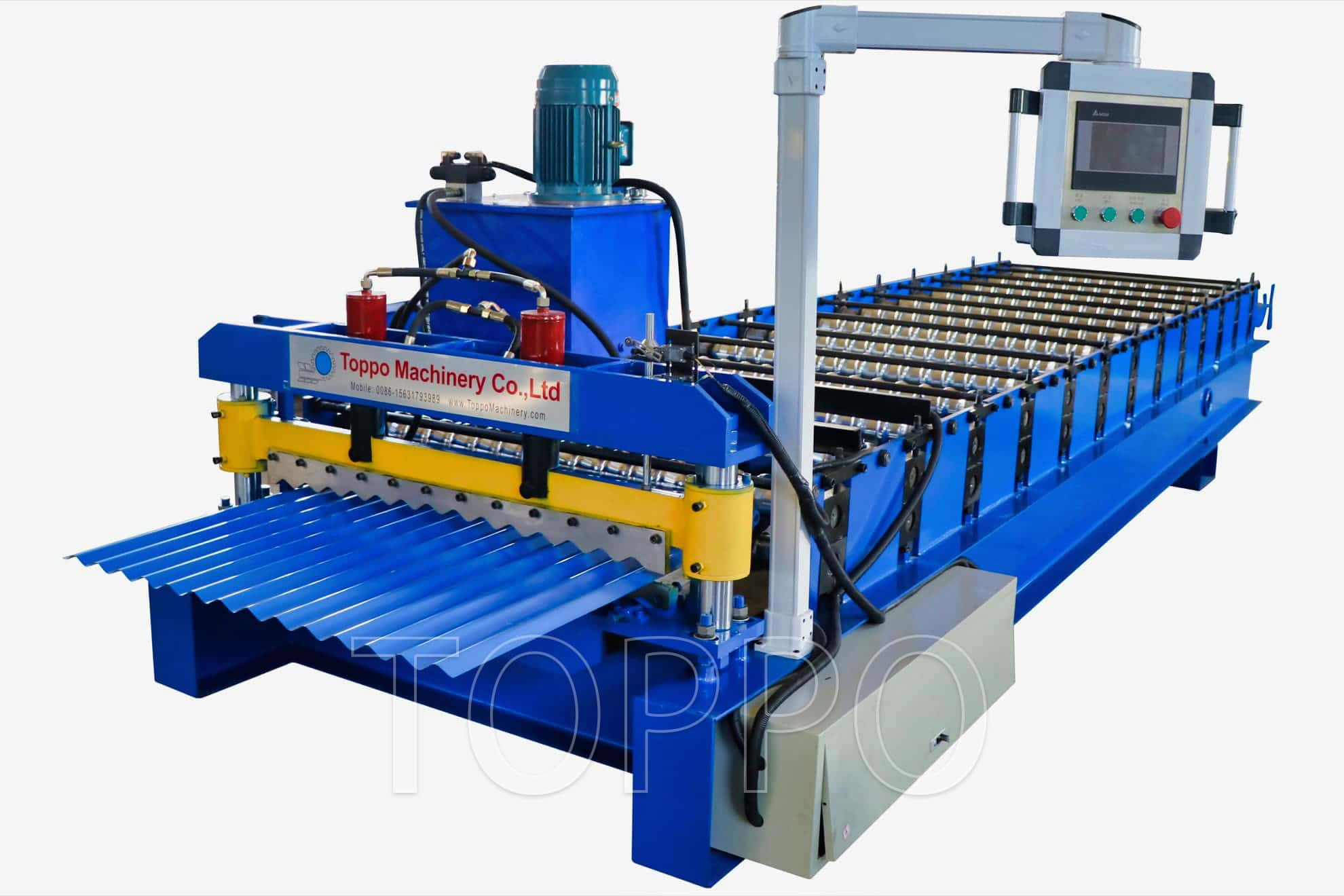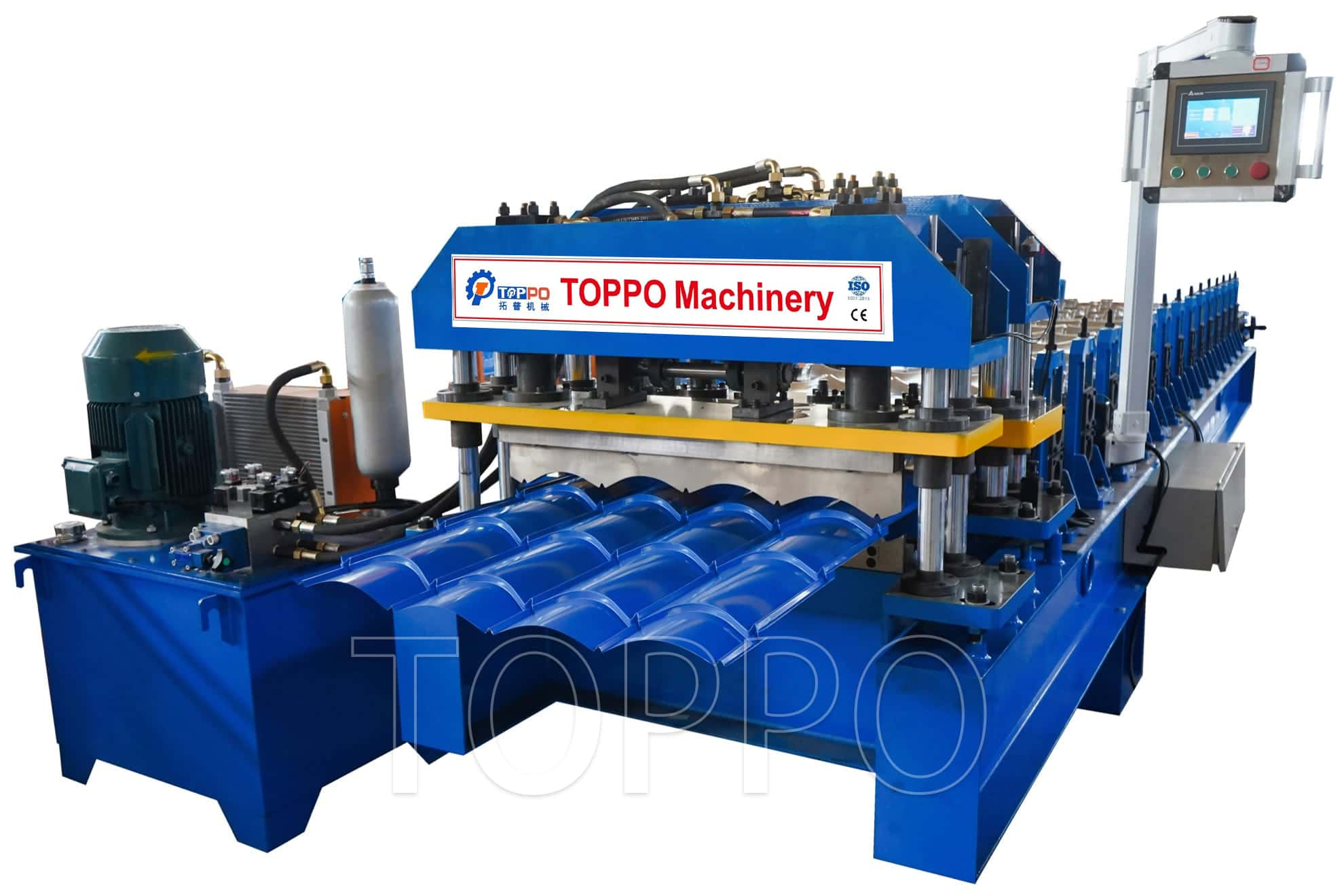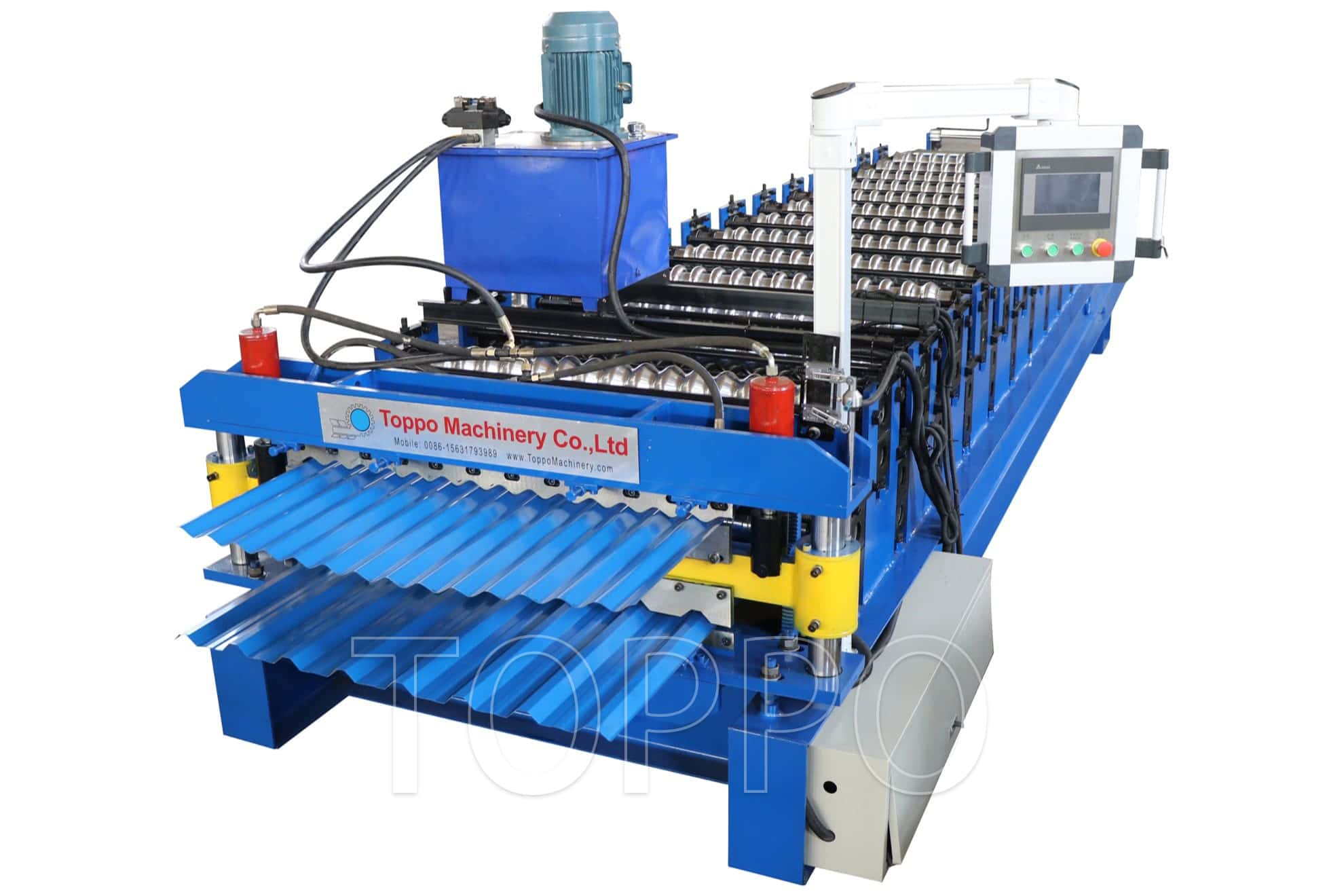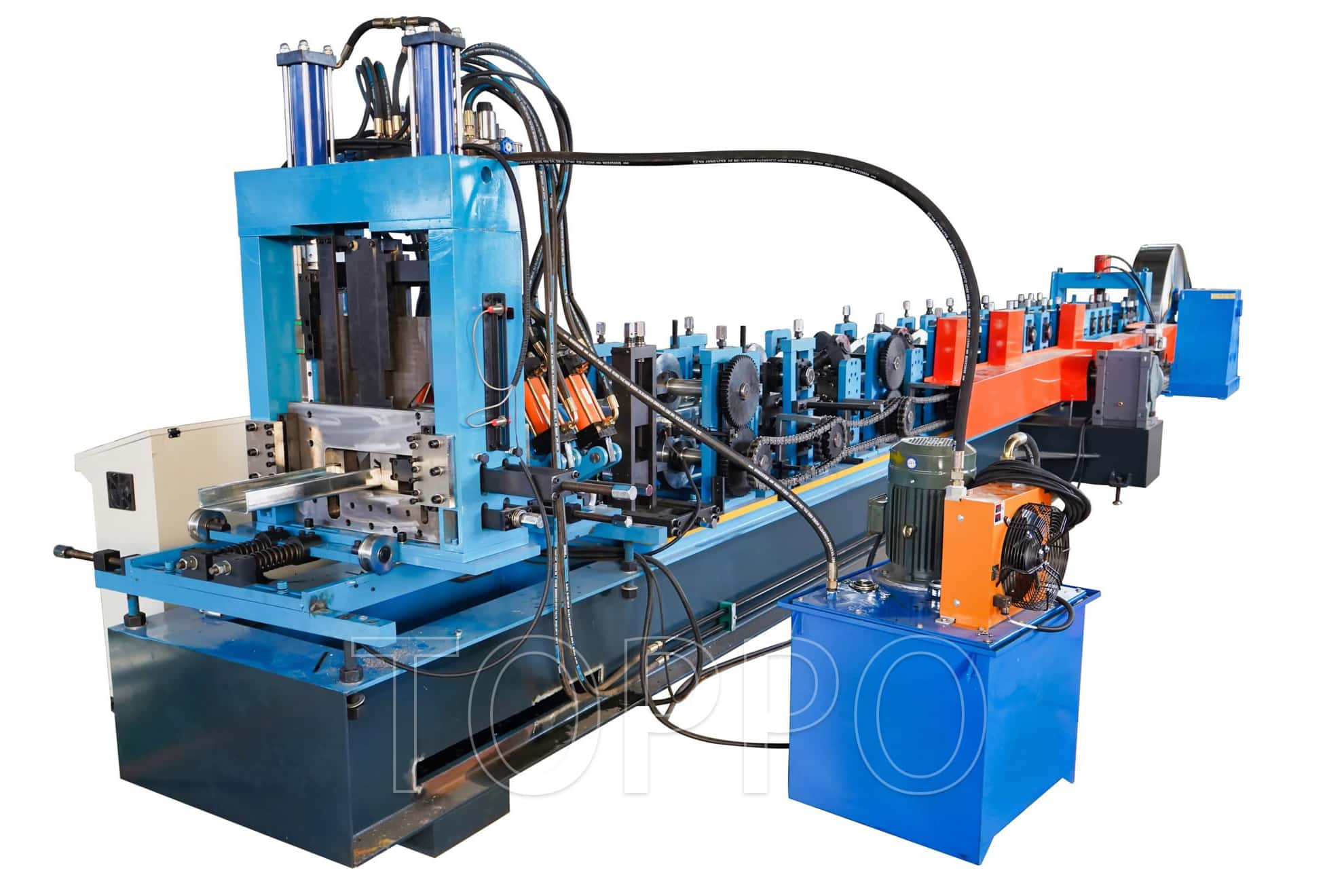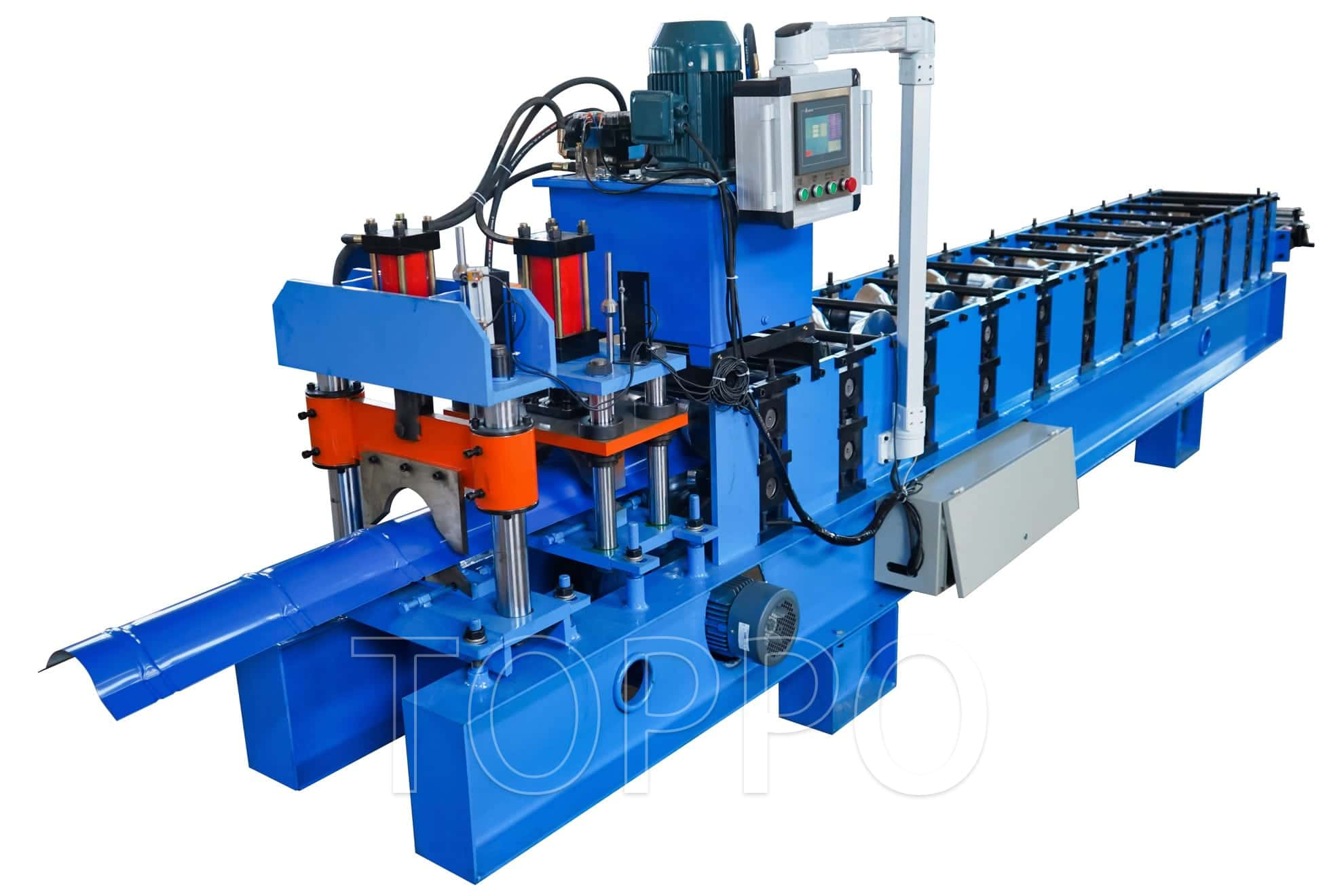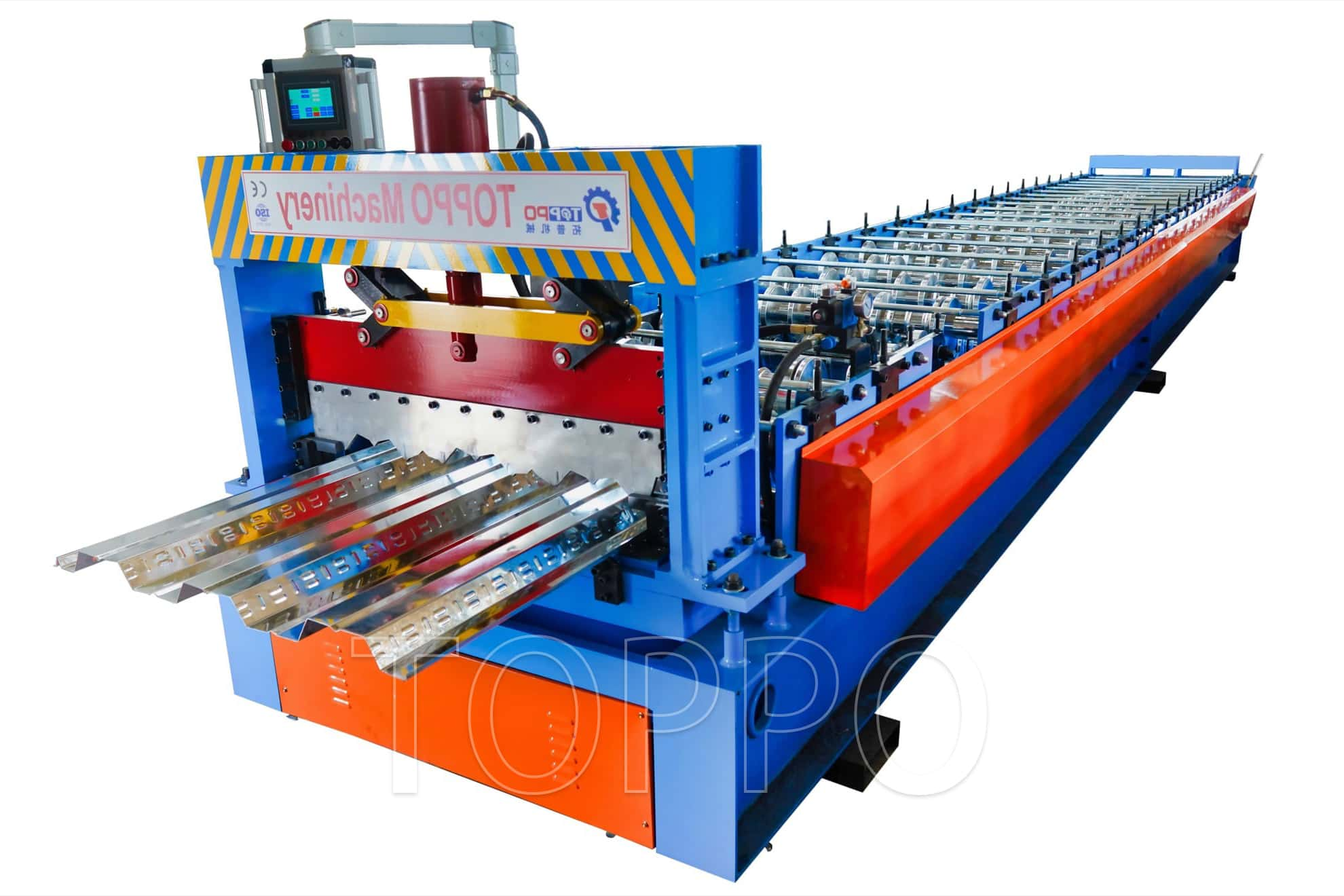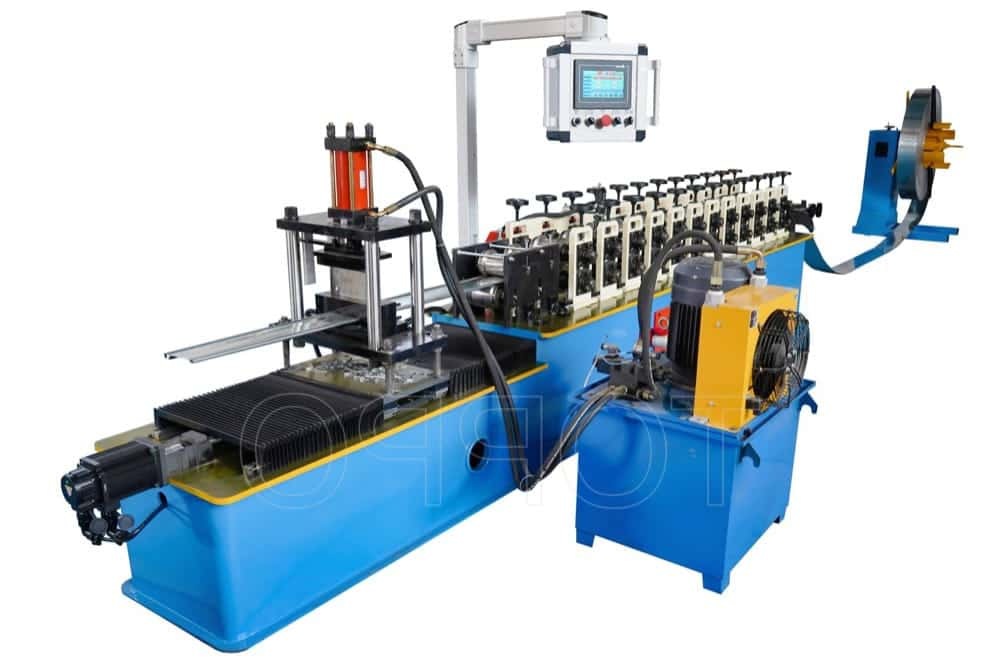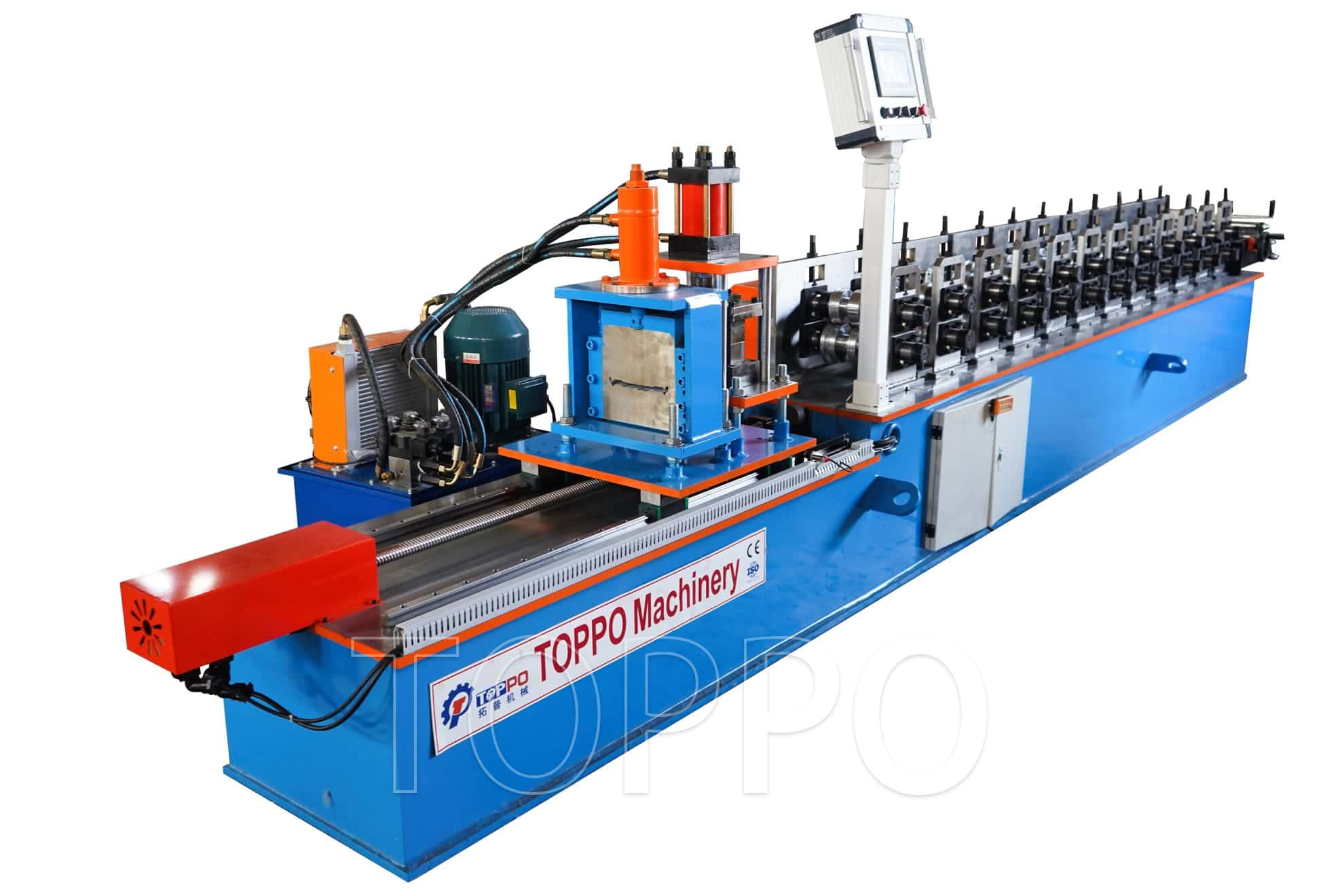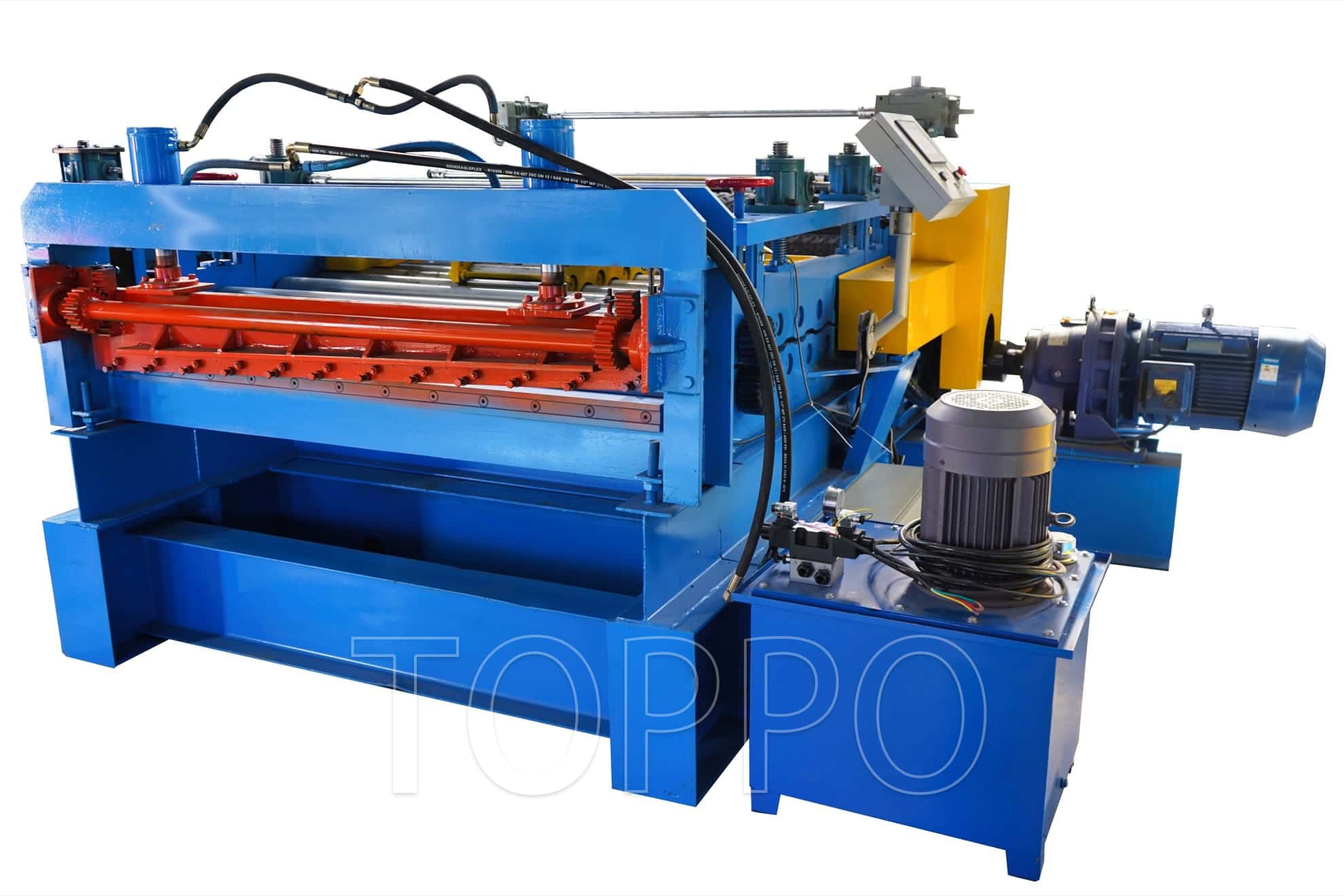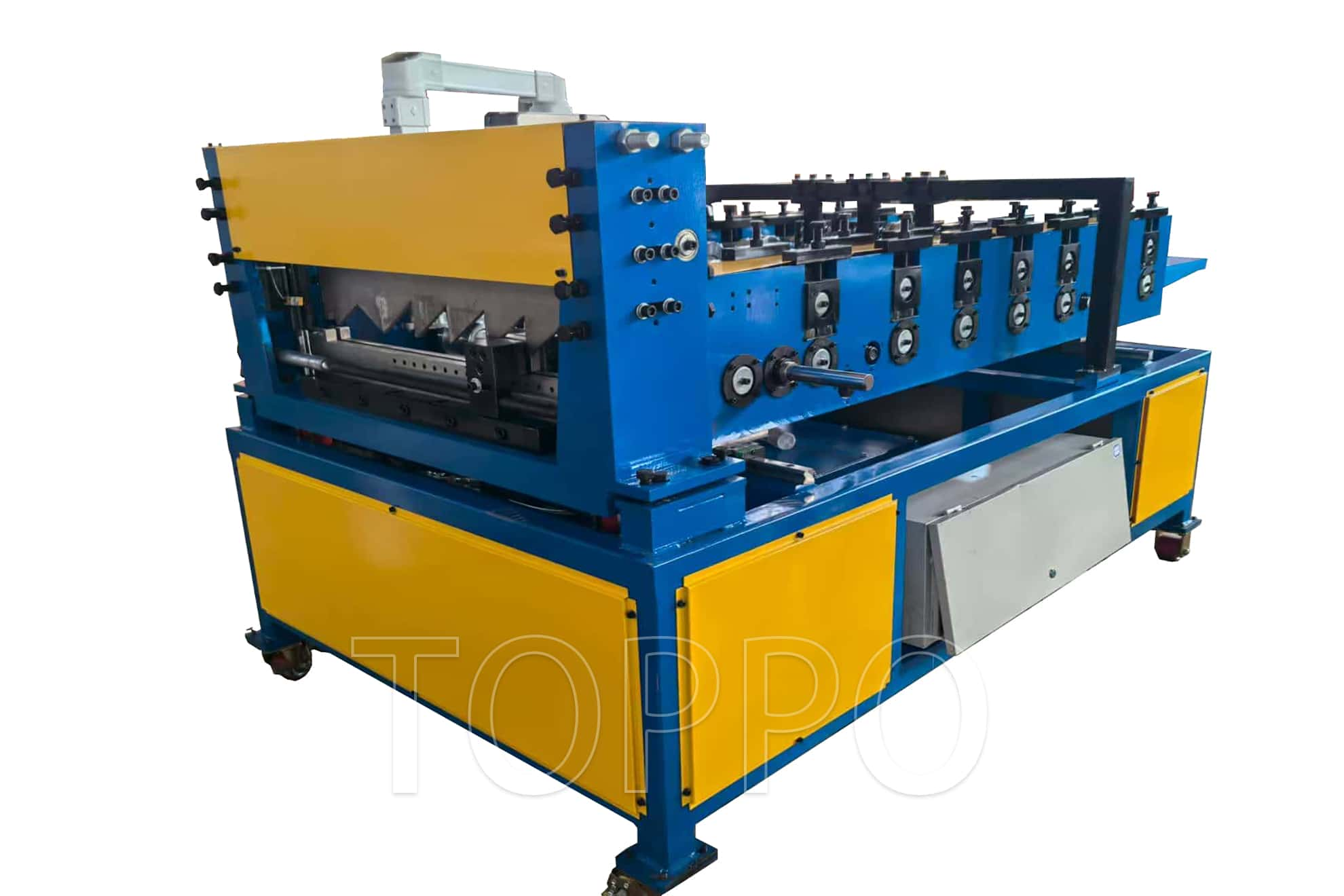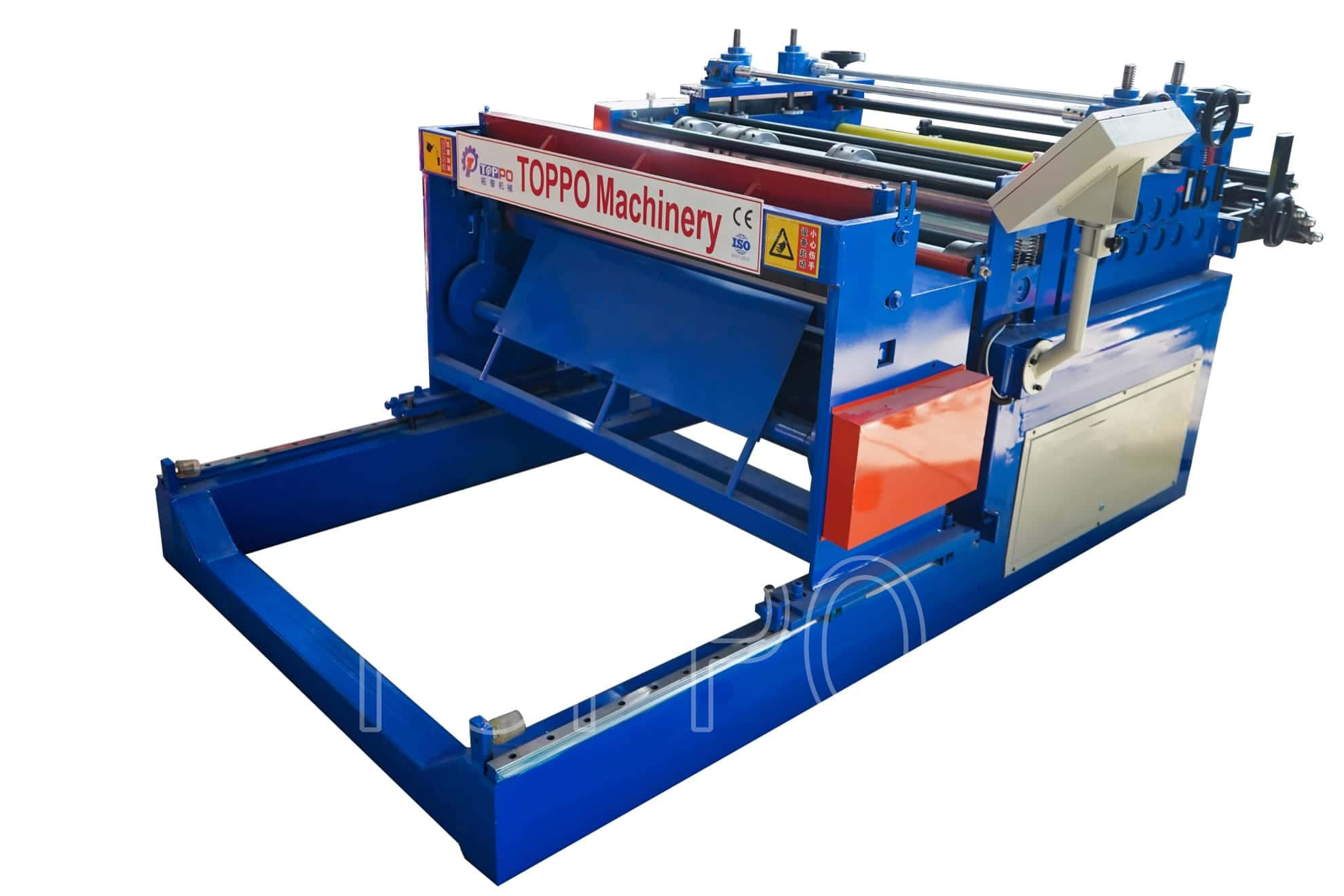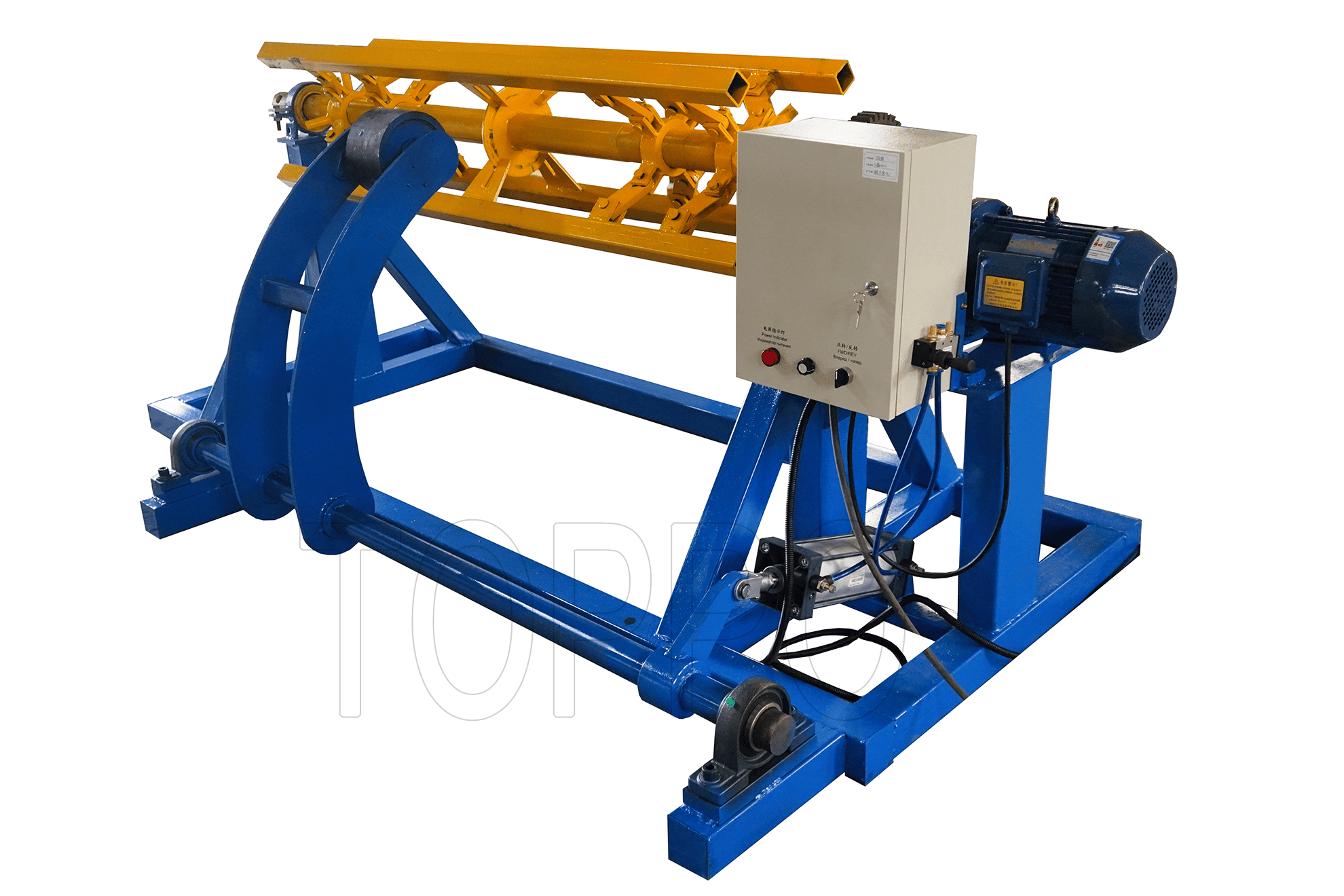- Trapezoidal Machine
- Corrugated Machine
- Glazed Tile Machine
- Double Layer Machine
- CZU Purlin Machine
- Ridge Cap Machine
- Floor Decking Machine
- Rolling Door Machine
- Fence Machine
- Embossing Machine
- Standing Seam Machine
- Cut To Length And Slitting Line
- Guard Rail Machine
- Decoiler And Stacker
- Stud And Track Machine
- Gutter And DownPipe
- Curving Machine
- Cladding Panel Machine
- Corollary Equipment
Adapting Roll Forming Machines for Local Roofing Designs: A Guide for Developing Countries
Every region has unique roofing needs—shaped by climate, building codes, and customer preferences. Dealers and manufacturers in developing countries can expand their business by adapting the Automatic Tr5 Tr6 metal trapezoidal roof panel roll forming machine for local profiles and specifications. Here’s a step-by-step approach, packed with practical advice and real-world experience.
Step 1: Research Local Roofing Standards
Study building codes, weather conditions, and popular roof styles in your target market.
Survey contractors for the most requested profiles and material gauges.
Step 2: Configure Machine Tooling and Settings
Work with suppliers to source custom dies for your roof panel making machine and trapezoidal roll forming machine.
Set machine parameters (width, height, pitch) to match local design specs and ensure code compliance.
Case Example: In Kenya, a manufacturer partnered with a tooling supplier to develop dies for a popular village roof style, resulting in a 30% sales increase in six months.
Step 3: Run Sample Batches and Quality Checks
Produce test panels on the automatic TR5 TR6 metal trapezoidal roof panel roll forming machine before launching full production.
Check fit, overlap, and leak resistance under real site conditions.
Step 4: Train Operators for Flexibility
Provide training on changeover procedures, troubleshooting, and routine maintenance for local adaptations.
Keep clear records of setup steps for each profile.
Step 5: Build Feedback Loops with Clients
Collect contractor and homeowner feedback after initial installs to fine-tune panel design and machine settings.
Use digital tools to log issues and solutions for future reference.
Common Mistakes to Avoid
Poor Tooling Selection: Using generic dies can lead to weak panel joints or leaks in local climates.
Ignoring Operator Training: Failing to train staff in new setups can cause costly errors and production delays.
Conclusion
By following these steps, roofing product providers in developing countries can deliver tailored solutions with the automatic TR5 TR6 metal trapezoidal roof panel roll forming machine—winning trust and expanding their reach in dynamic markets.
SEO Keywords: Automatic Tr5 Tr6 metal trapezoidal roof panel roll forming machine, roof panel making machine, trapezoidal roll forming machine, local roofing design, developing countries, machine adaptation, custom tooling, building code compliance, contractor survey, profile customization, climate adaptation, sales growth, Kenya manufacturer, panel testing, leak resistance, changeover procedure, routine maintenance, setup records, feedback loop, digital tools, installation feedback, panel fit, overlap check, real site condition, machine parameter, die supplier, roofing specification, code matching, error prevention, production delay, homeowner review, flexible production, roofing solution, village roof style, dynamic market, operator training, trust building, market reach, product adaptation, sales increase, climate-specific design, joint strength, tooling partner, digital log, practical guide, step-by-step adaptation.
READ MORE:
Adapting Roll Forming Machines for Regional Roofing Profiles in the Developing World
Step-by-Step Adaptation of Roll Forming Machines for Unique Local Roofing Needs
Modifying Roll Forming Machines for Popular Roofing Designs in the Developing World
Customizing Roll Forming Machines for Local Roofing Success in Emerging Markets



